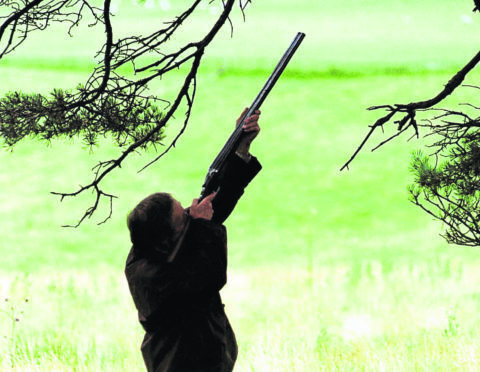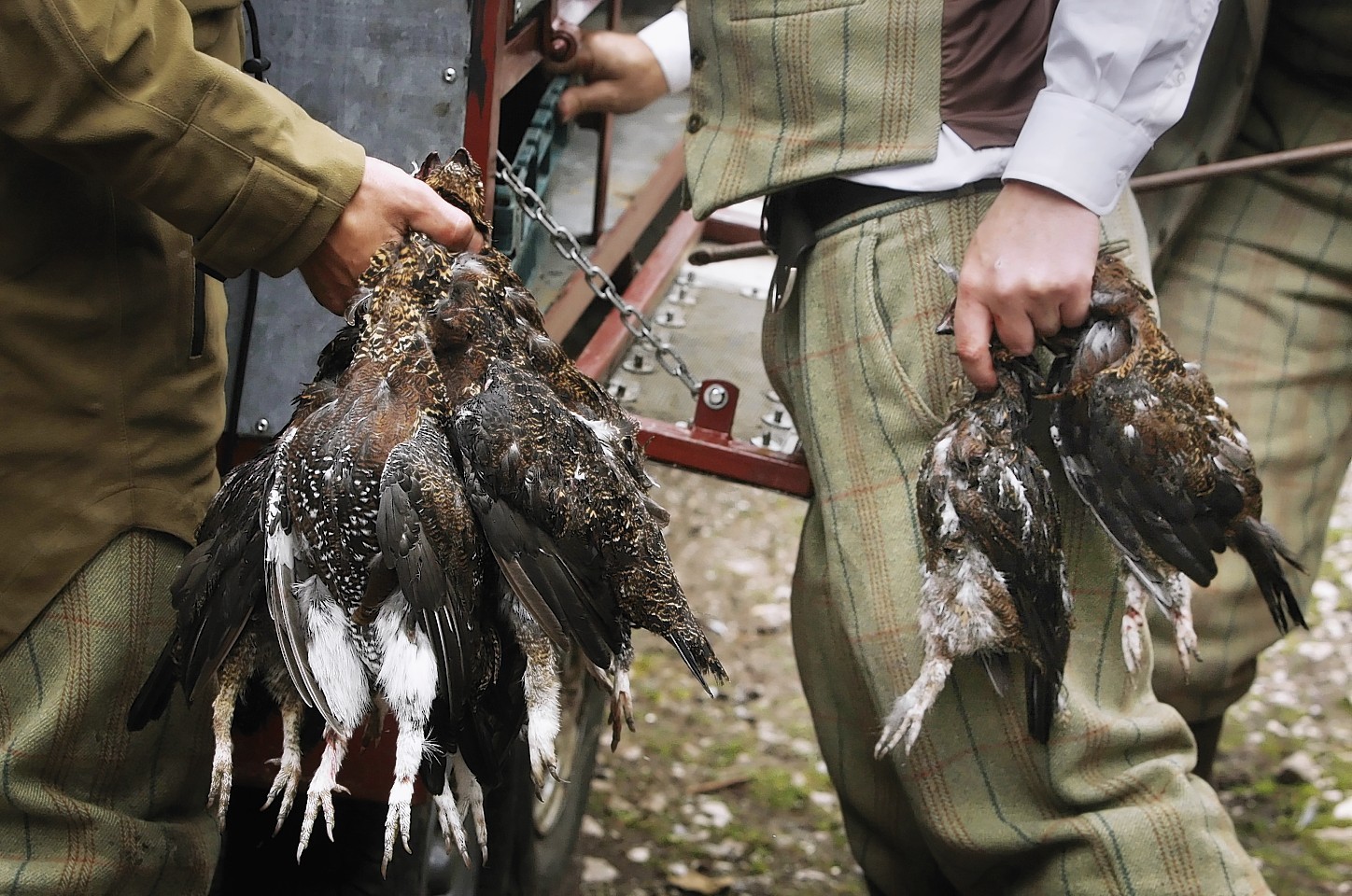Gamekeepers have welcomed a report that has highlighted the benefits brought about by grouse moors to rural areas in Aberdeenshire and the Highlands.
The review, commissioned by the Scottish Government and authored by the James Hutton Institute with Scotland’s Rural College, investigated the economic and social contribution of the moors on “fragile” landscapes in the country.
The authors acknowledged data limitations regarding both the grouse sector and possible alternatives, but acknowledged the importance of grouse shooting to local economies, jobs and in retaining populations.
Grouse shooting is responsible for 2,500 full-time equivalent jobs.
And according to the report, most expenditure remains in Scotland; a study in the Cairngorms National Park showing that 89% of staffing costs and 77% of management spend occurred locally.
The report found that the biggest beneficiary regions of the sport were Aberdeenshire, Highland and Perth and Kinross.
Alex Hogg, chairman of The Scottish Gamekeepers Association, said grouse moors were responsible for making “very, very poor land” profitable.
He said: “There are clearly some knowledge gaps to be filled by government before we get the full picture of upland land uses, and we are willing to help the process, but we welcome the work done so far.
“The jobs created by grouse shooting, like gamekeepers’ roles, are important because they keep people in some of the most fragile and remote parts of Scotland where opportunities can be very hard to come by.
“There has been a lot of talk about converting grouse moors to other uses. This report brings a bit of reality regarding the constraints, one of the biggest being finance, although there are many others.
“In poor years like the 2018 grouse season, profits are hit but the grouse sector fills the gap through owners financing the shortfall from other areas of their business, sometimes up to £40 a hectare.
“All in all, the grouse industry delivers a lot on very, very poor land in Scotland with no government subsidy from taxpayers.”
Authors of the report acknowledged that all of Scotland’s grouse moors were sited on areas of “very poor” agricultural ground, classified by the EU as being less favoured.
According to the report, there is currently no direct government subsidy support for grouse shooting in Scotland although some moors can receive the same payments as sheep farmers, if livestock are grazed on the hills.
However, authors acknowledged that, whilst possible in certain circumstances, alternatives were constrained by regulations, geography and climate and a heavy reliance on taxpayer subsidy.
The report stated. “Some alternatives – such as farming, forestry and renewables – are heavily reliant on public payments to justify the activity economically, with others – like rewilding and conservation – more reliant on the benevolence of owners of members.”
The Scottish Government has previously confirmed an independent group is looking into the issue and will report back in the spring.


